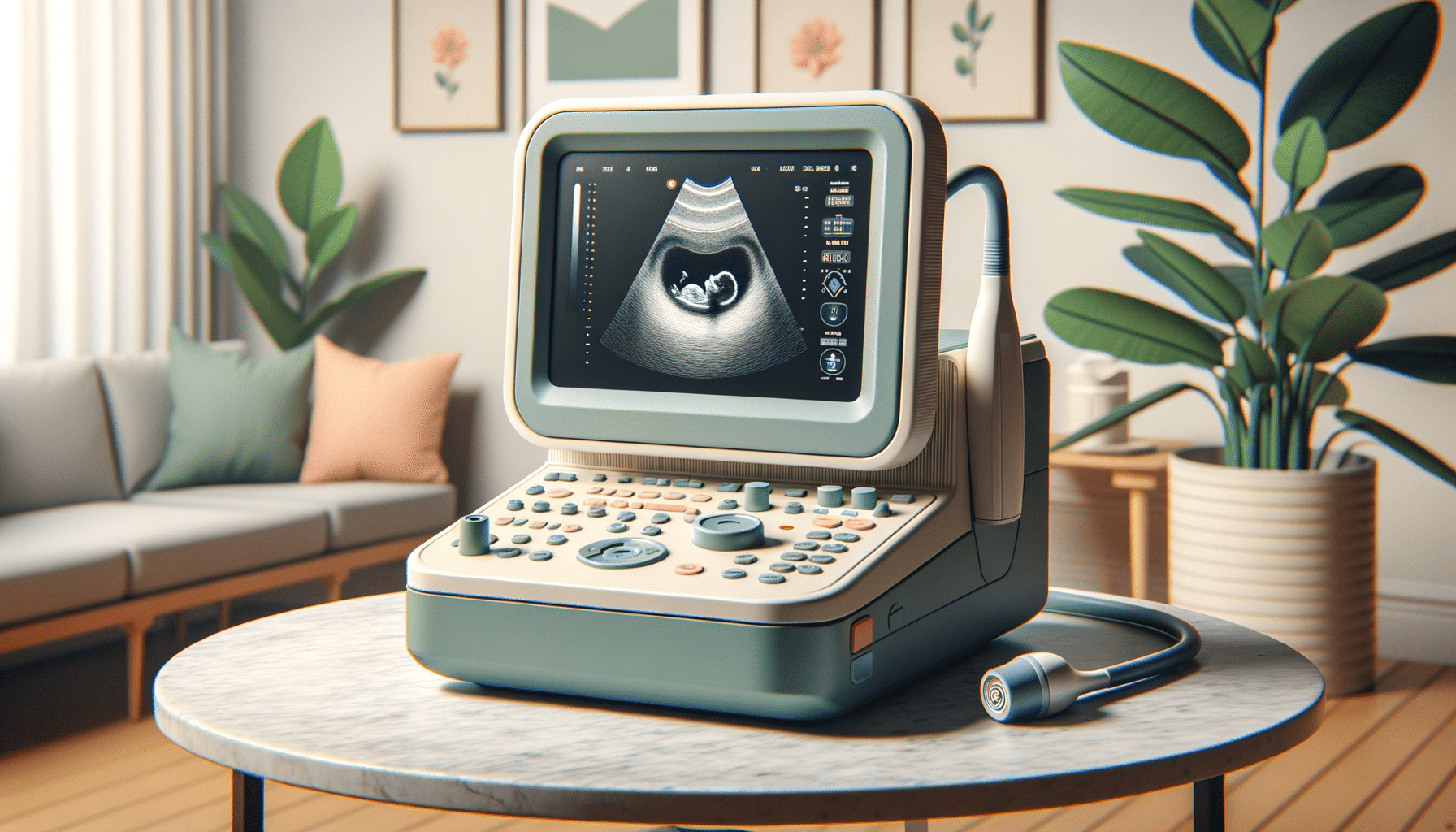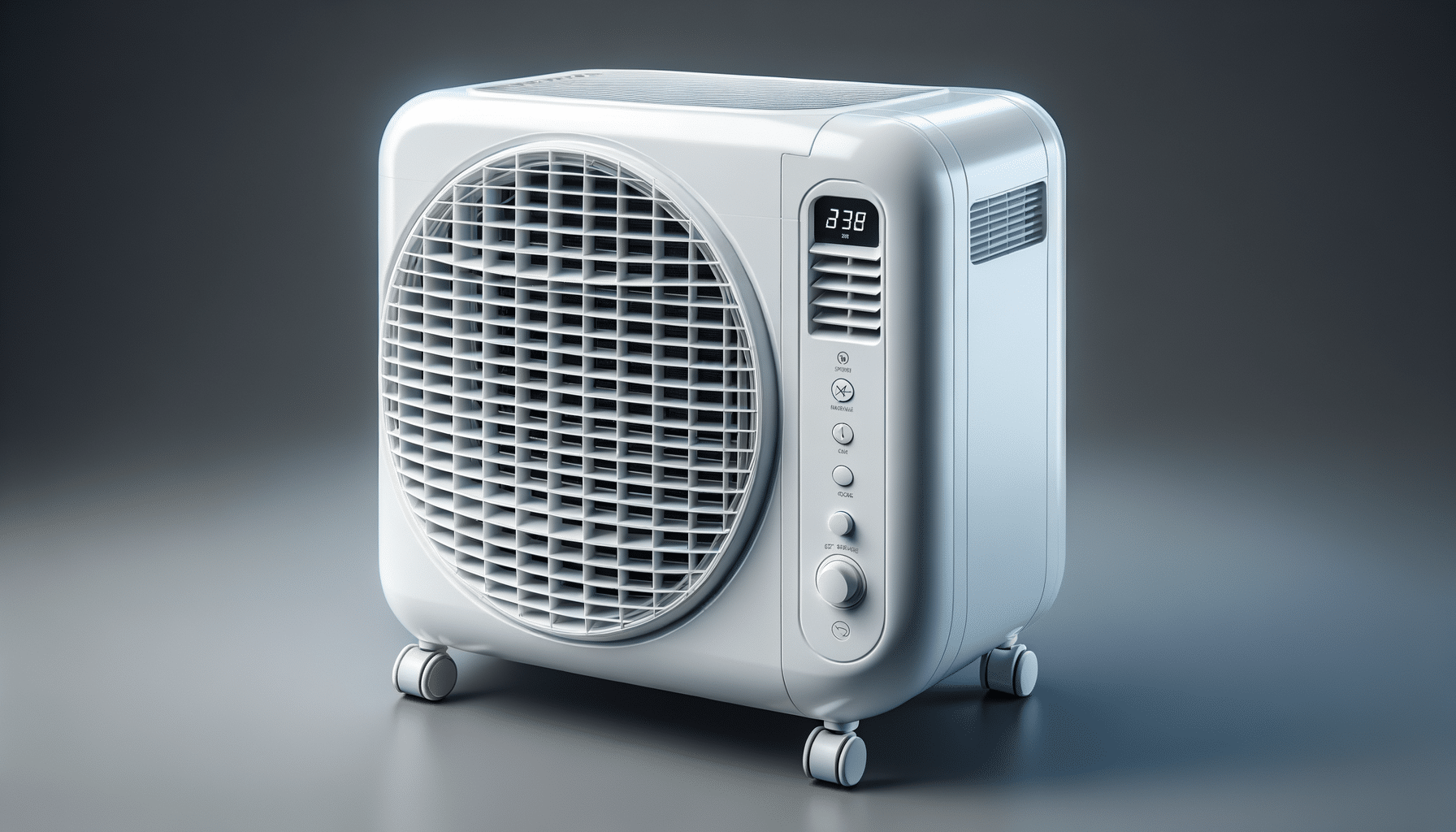
Portable Ultrasound at Home: A Growing Option for Personal Health Monitoring
Introduction to Portable Ultrasound Technology
In recent years, the healthcare industry has seen a significant shift towards more accessible and user-friendly medical technologies. Among these innovations, portable ultrasound devices have emerged as a valuable tool for both healthcare professionals and individuals at home. These devices, which were once confined to hospital settings, are now available for personal use, offering a convenient way to monitor health conditions and obtain preliminary insights into various symptoms.
Portable ultrasound machines are designed to be compact and easy to use, making them suitable for home environments. They provide real-time imaging, which can be crucial for individuals managing chronic conditions or those who require regular monitoring. While these devices are not a substitute for professional medical consultations, they can serve as a supplementary tool for health monitoring, providing users with peace of mind and more control over their health.
The growing interest in portable ultrasound equipment is driven by several factors, including the increasing prevalence of chronic diseases, the need for cost-effective healthcare solutions, and advancements in imaging technology. As these devices become more sophisticated and affordable, their adoption in home settings is likely to increase, offering new opportunities for personal health management.
Benefits of Using Portable Ultrasound at Home
The use of portable ultrasound devices at home offers numerous benefits, particularly for individuals who require frequent monitoring of specific health conditions. One of the primary advantages is the convenience it provides. With a portable ultrasound machine, users can perform scans at their own convenience, without the need to schedule appointments or travel to medical facilities.
Another significant benefit is the potential for early detection of health issues. By regularly monitoring their health, individuals can identify abnormalities or changes in their condition sooner, which can lead to earlier intervention and better outcomes. This is particularly important for conditions such as pregnancy, where timely monitoring can ensure the health and safety of both the mother and the baby.
Portable ultrasound equipment also empowers individuals by giving them more control over their health. By having access to real-time imaging, users can make more informed decisions about their healthcare and engage in more meaningful discussions with their healthcare providers. This level of engagement can lead to improved health outcomes and a greater sense of well-being.
- Convenient and flexible use
- Early detection of health issues
- Empowerment through real-time imaging
Considerations Before Purchasing a Portable Ultrasound Device
Before purchasing a portable ultrasound machine, there are several important factors to consider to ensure that the device meets the user’s needs and expectations. Firstly, potential buyers should assess the specific health requirements they have and determine whether a portable ultrasound device is suitable for those needs. Consulting with a healthcare professional can provide valuable insights into the types of features and capabilities that would be most beneficial.
Another consideration is the ease of use. Since these devices are intended for home use, it’s crucial that they are user-friendly and come with clear instructions. Some models may offer additional features such as wireless connectivity or integration with mobile apps, which can enhance the user experience but may also require a certain level of technical proficiency.
Finally, cost is an important factor to consider. While portable ultrasound equipment is generally more affordable than traditional machines, prices can vary significantly depending on the brand and features. It’s important to balance cost with functionality to ensure that the device provides good value for money.
- Assess specific health needs
- Consider ease of use and additional features
- Evaluate cost versus functionality
Applications and Limitations of Home-Use Portable Ultrasound
Portable ultrasound devices have a wide range of applications in home settings, making them a versatile tool for personal health monitoring. They are commonly used for prenatal care, allowing expectant mothers to monitor the development of their babies. These devices can also be used to track conditions such as kidney stones, gallstones, and other abdominal issues.
Moreover, portable ultrasound equipment is beneficial for individuals with musculoskeletal conditions, as it can help visualize soft tissues, joints, and muscles. This can be particularly useful for athletes or individuals recovering from injuries, as it allows them to monitor their progress and adjust their rehabilitation plans accordingly.
However, it’s important to recognize the limitations of portable ultrasound devices. While they provide valuable insights, they are not as powerful as professional-grade machines found in medical facilities. As such, they may not be suitable for diagnosing complex conditions or providing detailed imaging. It’s crucial for users to understand that these devices are intended for supplementary use and should not replace professional medical consultations.
- Common applications: prenatal care, abdominal monitoring, musculoskeletal visualization
- Limitations: not suitable for complex diagnoses
Future Prospects of Portable Ultrasound Technology
The future of portable ultrasound technology looks promising, with continuous advancements in imaging capabilities and device integration. As technology evolves, these devices are expected to become even more user-friendly and accessible, further expanding their use in home settings.
One area of development is the integration of artificial intelligence (AI) into portable ultrasound equipment. AI has the potential to enhance image analysis, providing users with more accurate and reliable results. This could significantly improve the diagnostic capabilities of these devices, making them an even more valuable tool for personal health monitoring.
Additionally, the growing trend towards telemedicine and remote healthcare is likely to drive the demand for portable ultrasound devices. As more individuals seek convenient and cost-effective healthcare solutions, these devices will play a crucial role in enabling remote consultations and monitoring, bridging the gap between patients and healthcare providers.
- Advancements in imaging and AI integration
- Increased use in telemedicine and remote healthcare


